|
by Dark Watcher |
|
|
In 1982, a company called Entex Industries introduced a portable system that demonstrated how well LED technology could be used in a
game system. Their system, called Adventure Vision, is not exactly what you would call a handheld. It is called a
tabletop. It has a mock arcade cabinet design that measures 13.25" X 10" X 9". However, the Adventure Vision still falls
under our guidelines of being a console, just a portable version. Rather then using a simple LED layout with plastic overlay graphics, the Adventure Vision used 40 vertical red LEDs and a constant rotating mirror to create "dot-matrix like" graphics at 150 x 40 resolution drawn at 15 frames/sec. This was quite impressive for its time. The controls accommodated both left handed and right handed gamers and (unlike LCD games) played best in dimly lit areas. It was a power hog though, consuming 4 "D" cell batteries like it was its secondary purpose. Even though it was an impressive machine, the Adventure Vision did not last long. Entex manufactured the units for only a year and only 50,000 systems were reportedly sold. Other then the pack-in game Defender, only 3 other cartridges were produced (Turtles, Super Cobra and an Asteroids clone called Space Force). Today, the Adventure Vision is definitely a hot collectors item. |
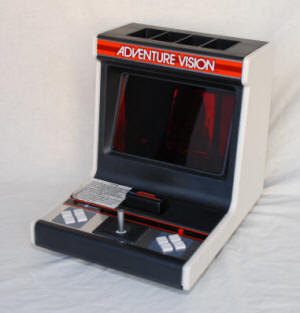 |
| FACT: The Adventure Vision's red graphics display and rotating mirror would be used years later by famous handheld inventor named Gumpei Yokoi. The device was called the Virtual Boy. | |
 HANDS ON REVIEW HANDS ON REVIEWby 98PaceCar |
|
|
Not quite a console and not quite a hand held, the Entex Adventure Vision is one of the holy grails of video game collectors. Released
in 1982 to a lukewarm reception, the Adventure Vision had only about a year lifespan on the market before it was pulled. The consoles
that were sold were fragile and troublesome, so few have survived to today. This makes it difficult to find a working example and
nearly impossible to find one for a low price. It's estimated that only 10,000 of the consoles were made with 1,000 each of the three
extra games. The original price of the console was $79.99 with the extra games selling for $14.99. Powered by a 733 KHZ processor (yes, KHZ, not MHZ) Intel 8048 processor with 1K of RAM and an additional 64 bytes in the processor, the Adventure Vision was not a powerhouse, even by 1982 standards. Sound is handled by a COP411L microprocessor which allows the generation of 16 pure tones and 13 sound effects. The cartridges are just a 1K eprom wrapped around a plastic connector that plugs into the base of the console, right in front of the screen. The controls on the Adventure Vision consist of a short 4 way joystick flanked by 4 buttons in a diamond pattern on each side of the joystick. This allows for ambidextrous play. The controls feel good and work well, given the nature of the games. The Adventure Vision's most unique feature is its display. Created by a line of 40 LEDs and a spinning mirror, the Adventure Vision can generate a 2 color, 150x40 display at 15 fps. Despite the relatively high resolution for an LED based game, the display is shaky and very fatiguing in even short game play sessions. A total of 4 games were released for the Adventure Vision, which is very handy as there are exactly four spots on top of the console to store cartridges! All four of the games are based on arcade games of the time. The pack in game, Defender, is a bit difficult to play as it is sometimes hard to tell which lander has captured a person, but it is still fun and controls well with the joystick handling up, down, thrust, and reverse as opposed to using buttons like the arcade original. Space Force is simply an Asteroids clone, but plays well. There are a few moments of slowdown, in particular when the UFO crashes into an asteroid and the sound plays, but overall it runs smoothly. The programmer was even able to capture the repetitive bass line of the arcade, though with slightly less aural impact. My favorite out of the four games is Super Cobra, which is surprisingly fun to play. It captures the essence of the arcade original almost perfectly. The final game is Turtles, another arcade port which I am not fortunate enough to own or have access to for this review. I'm always looking for it though! As mentioned above, playing the Adventure Vision is a bit fatiguing due to it's display, but it is a fun console and the games are actually pretty good for LED games. It is not a console you would spend a whole lot of time with, but unlike many of the other rare consoles, the games are not all bad. If you want to add an Adventure Vision to your collection, you had better be ready to break out the checkbook. Boxed examples routinely break the $1500 mark and can go above if extra games are included. I've seen a small number of brand new systems floating around, but the price on those have been at the $5000 mark with the games. The boxes are flimsy, so finding one in good shape is a bit of a trick as well. I have never seen games sell by themselves, but the Digital Press price guide lists them at $60 a piece (which seems extremely low). |
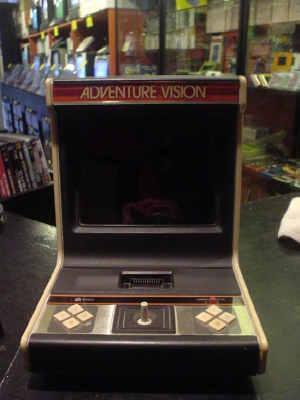 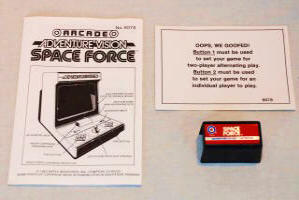 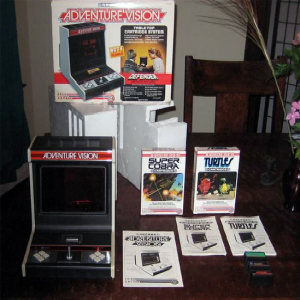 |
|
Few other consoles will have the star power of the Adventure Vision. Its a well known grail item that any true collector will
have at least heard of. The only downside to hunting for an Adventure Vision is that you will often find yourself bidding
against hand held collectors as well as console collectors, making the interested audience that much bigger. But if you can get
your hands on one, you will have a high end piece that few others will get to experience. |
|
|






 2010s - NOTES
2010s - NOTES


 MODELS
MODELS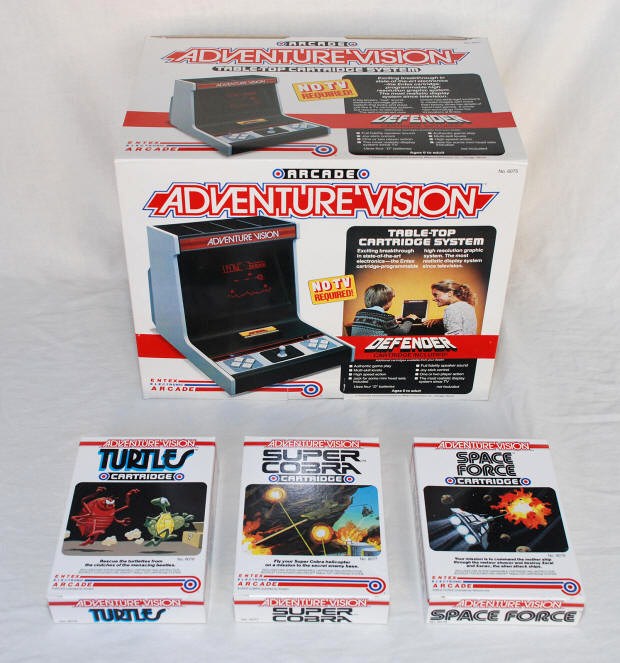
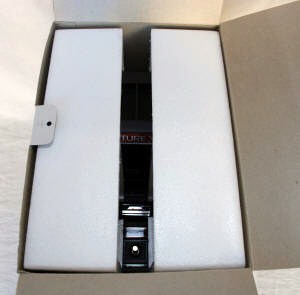
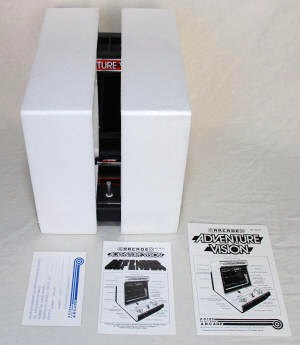
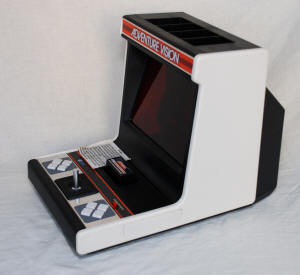
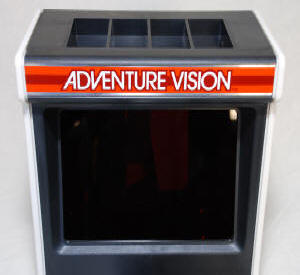
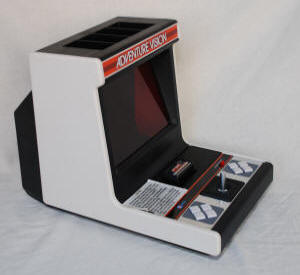
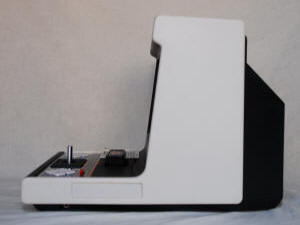
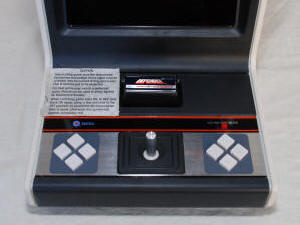
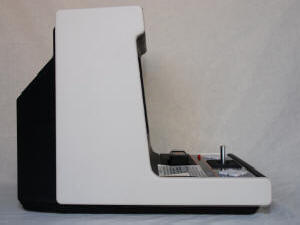
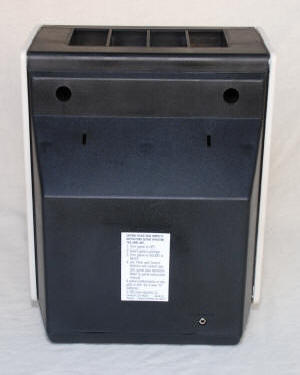
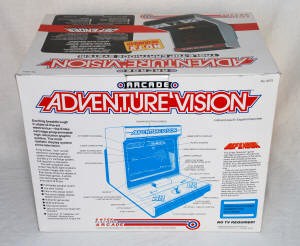
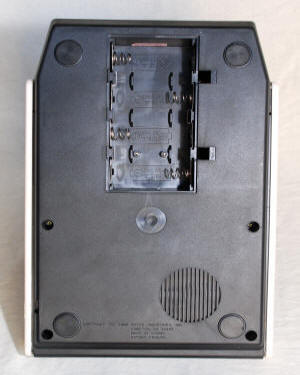
 CLONES
CLONES CONSOLE RATINGS
CONSOLE RATINGS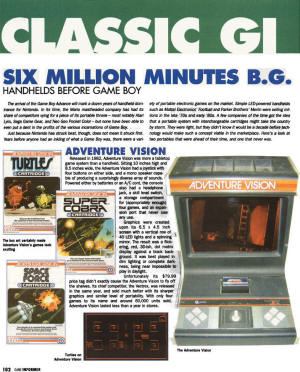
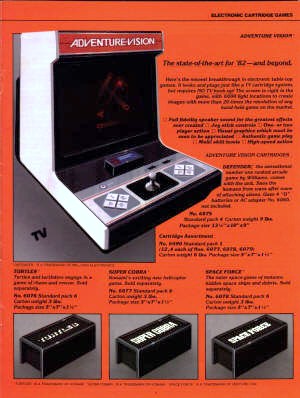
 FORMAT, PACKAGING & GENERAL INFO
FORMAT, PACKAGING & GENERAL INFO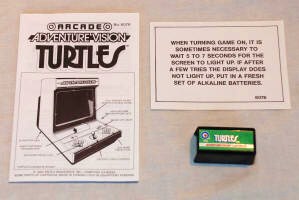
 SCREENSHOTS
SCREENSHOTS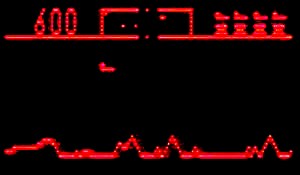
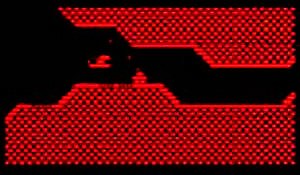
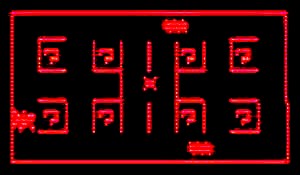
 EMULATION
EMULATION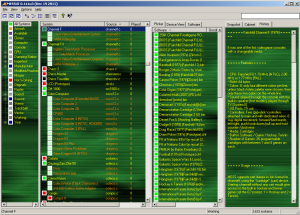
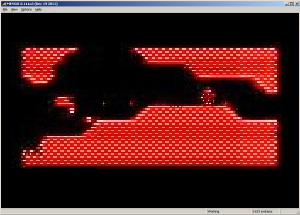
 SPECS & MANUALS
SPECS & MANUALS OTHER
MEDIA
OTHER
MEDIA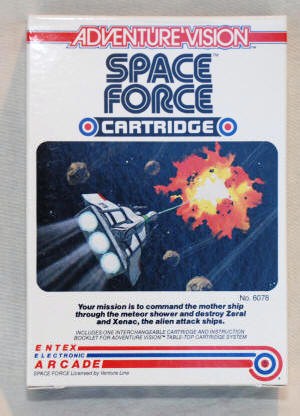
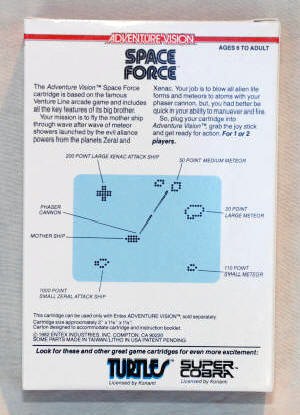
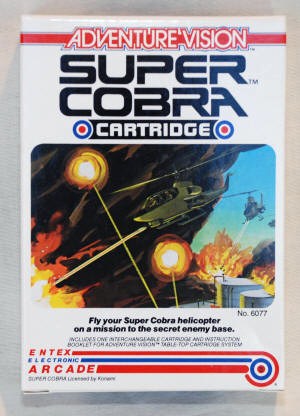
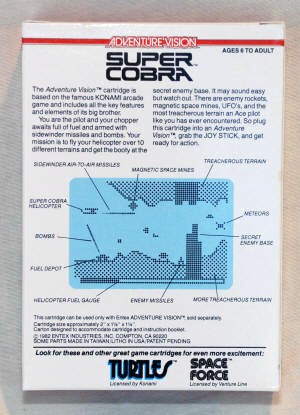
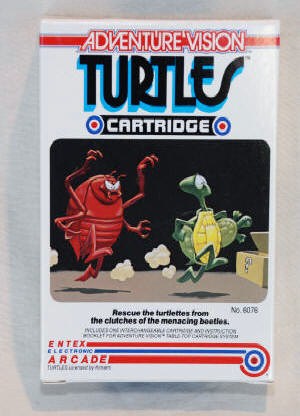
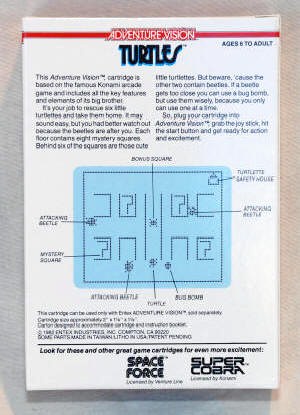
 WEB RESOURCES
WEB RESOURCES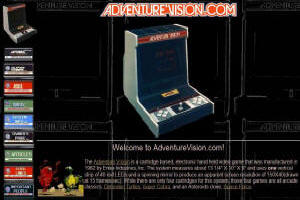
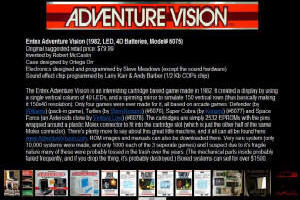
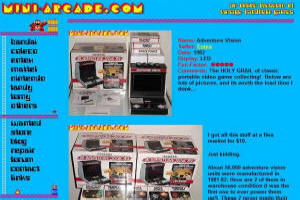
 DISCUSS
DISCUSS